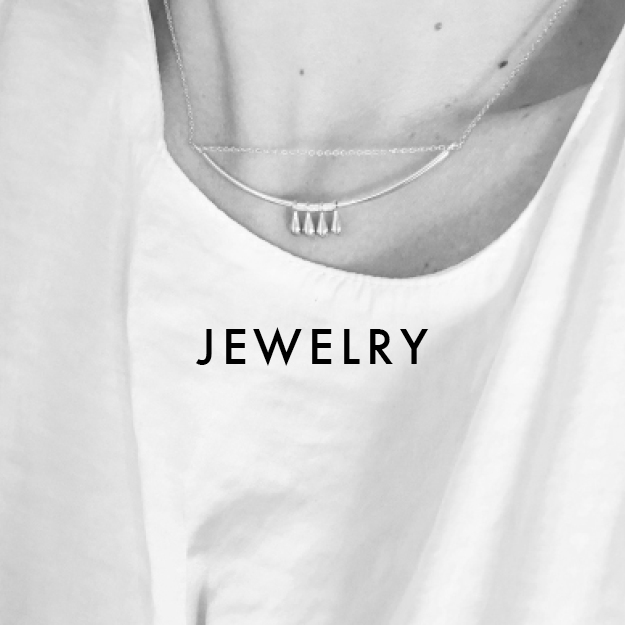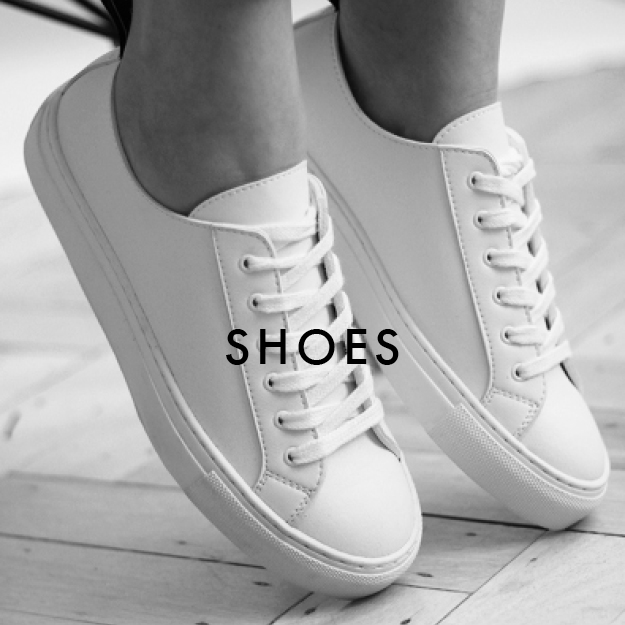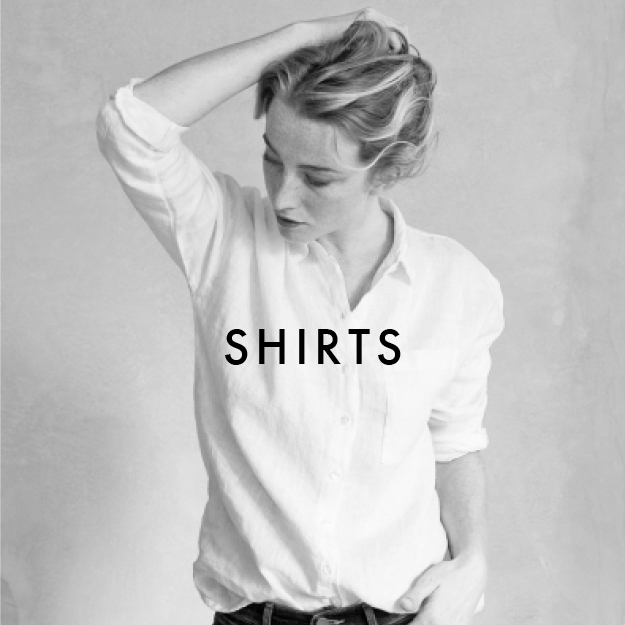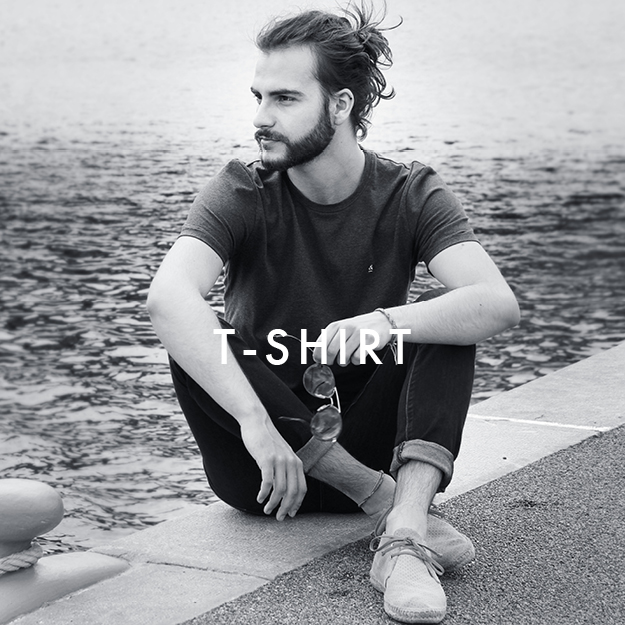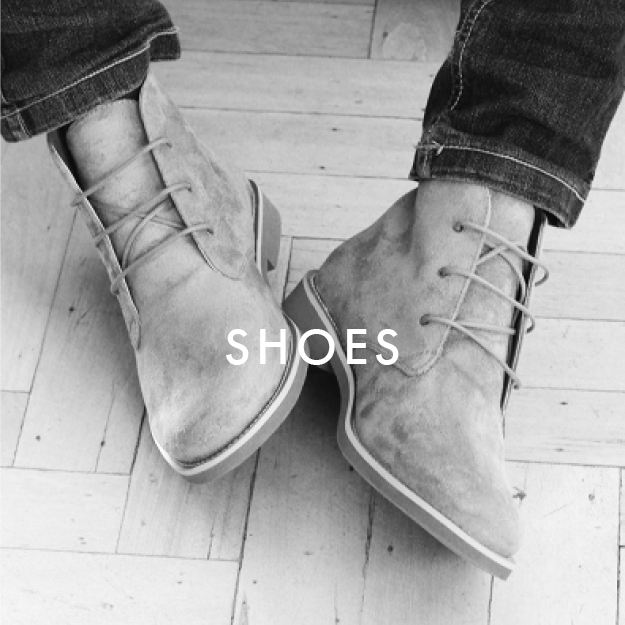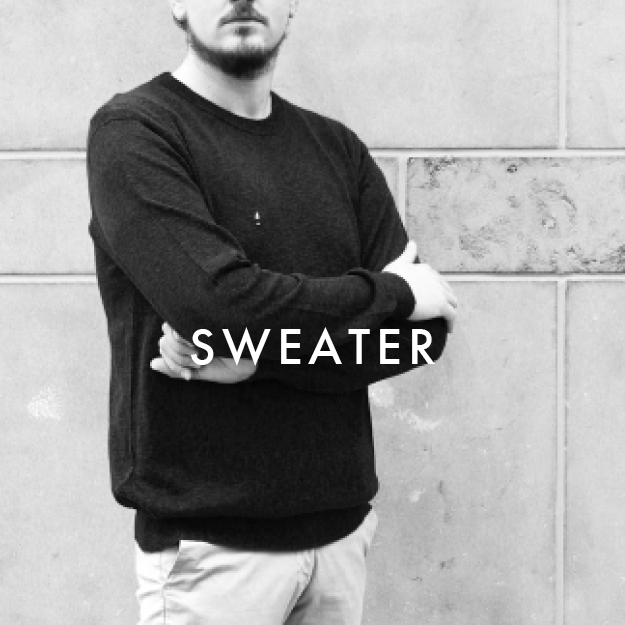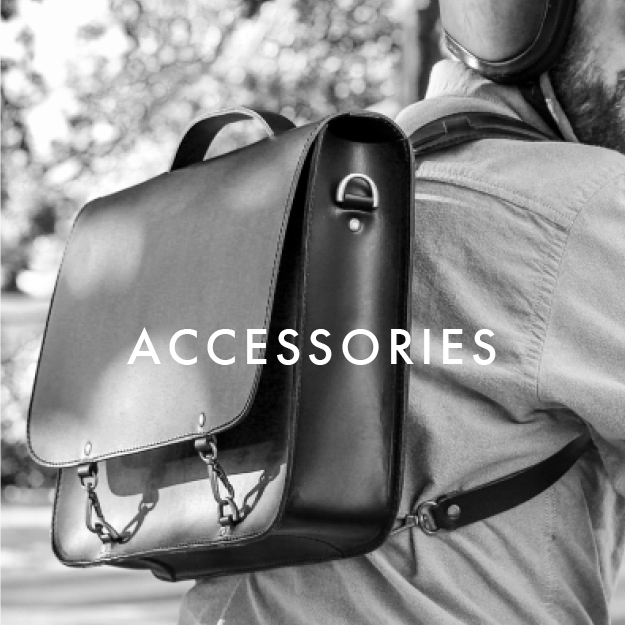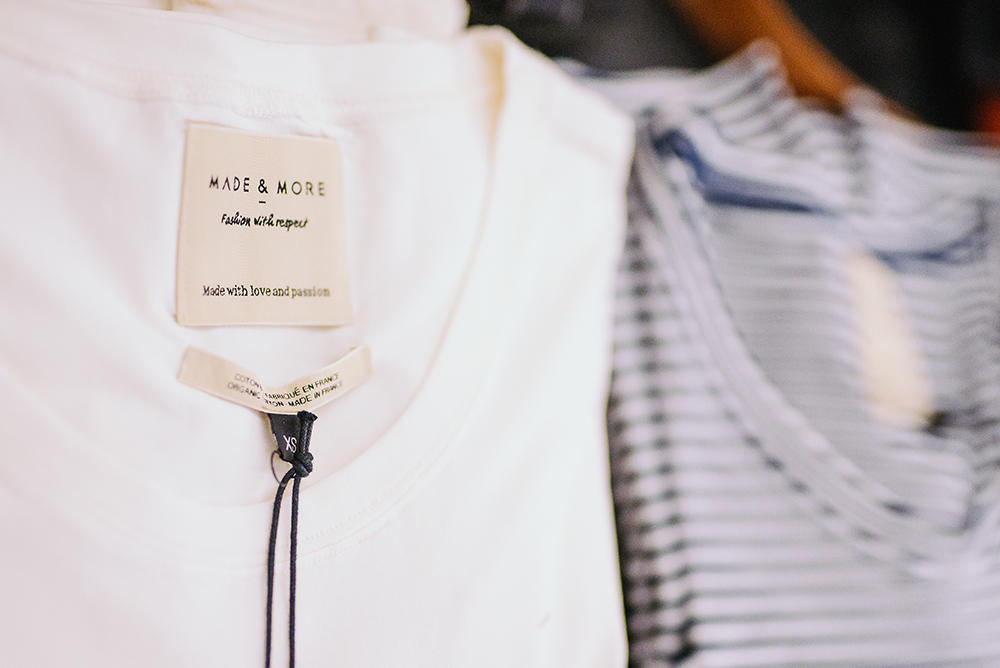
The label : a real guarantee for the origin
Large-scale manufacturing, suspicious working conditions, made in « far away »... Even though more and more of you want to know the origin of what they have in their wardrobe, it is still difficult to really know. The solution ? Be able to read and understand the clothes’ label but mainly be able to ask questions. How to be really sure of the origin of what we have in our wardrobe? What do your clothes’ labels mean ? What are the obligations in terms of labelling? How to know exactly where the clothes, jewels and accessories are from ?
Information which have to be on the label
European legislation is unclear about it. In terms of obligations, the regulation (UE) n°1007/2011 of the European Parliament and Council of the 27th september 2011 concerning textile fibres denomination and labelling of textile products is the only European law relating to a particular sector which applies to textile products. It lays down conditions and rules for the labelling and the tagging of textile products.
At the moment, the textile products on the European market have to contain a label or a tag indicating the fibre composition of products. The composition is the only information which has to be indicated (percentages of materials used by descending order by weight). The leather products are not subject to labelling and tagging requirements except for shoes. As for the notion of the country of origin, it is optional. The business chooses to mention it or not. The precision of the homeland, the famous « made in », is also blurred because the notion of manufacturing is not taken into account. Indeed, the law lays down that a marchandise is from the country where the last substantial process have taken place.

How can we know where our clothes, bag, shoes were made? Ask and require to know the manufacture details. Some brands, like Alchemist, are part of an independent label called MADE-BY, which guarantees and offers a total transparency about the brand durability in terms of fabrics (natural fabrics VS fabrics from the petrochemical industry) but also in terms of the production country. The fact of manufacturing in countries where human rights risks are low increases the brand’s notoriety. You can read « ENJOY » on the Alchemist’s clothes labels.
Behind brands like Nimzu, Delphine Quirin or Les petites jupes de Prune, you will find accessible creators who respect local craft and preach the human know-how. Other bigger brands, like Pantherella which manufactures British socks made in UK for more than 75 years, are proud to offer local savoir-fair for years. Made & More does even more and proposes highly detailed labels on clothing of its own brand : a QR code can be scan to discover through a video the manufacturing and also the names of persons who made the clothes (seamstresses, stylists, etc).
.jpg)
To put it in a nutshell, to know exactly where your clothes, shoes, jewels, bags and accessories are from, prefer little brands « MADE IN HERE » to massive brands which produce large quantities and ask before buying. Maybe one day every pieces of your wardrobe will be named by the person who made it (let’s dream)! This is the reason why in Made & More, we select carefully every brand and every product and we give you the real « Made in » on every product. We visit the manufacturing workshops, camera in hand. It is a process that takes time, but necessary if we want right and true information for the consumer, for you.
Follow us on our social media
Get a 10% coupon by subscribing!






